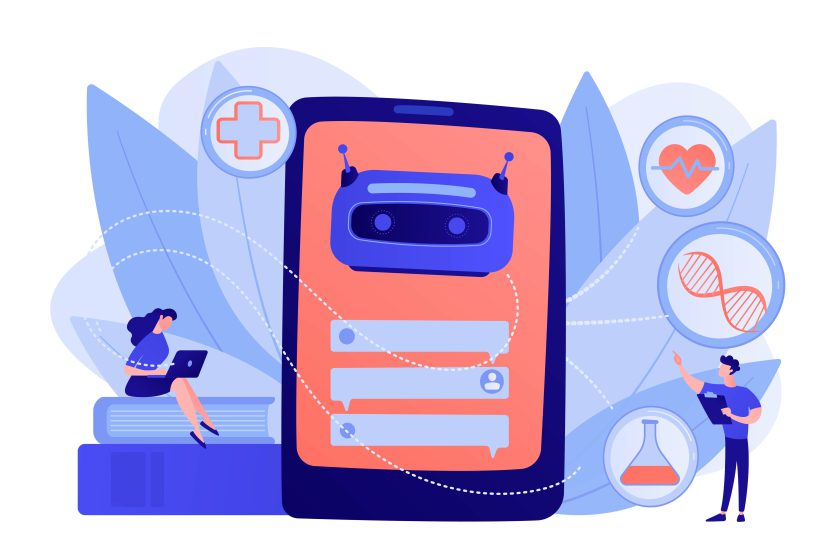The world of employee well-being is constantly evolving. As a wellness manager, you strive to create engaging programs that cater to the diverse needs of your workforce. But with limited resources and a growing number of employees, it can be challenging to keep up.
This is where Artificial Intelligence (AI) steps in as a powerful tool to elevate your well-being program. AI can analyze data, personalize recommendations, and automate tasks, freeing you to focus on strategic initiatives and employee engagement.
Here are some exciting ways AI can support your well-being program:
1. Personalized Recommendations:
- No More One-Size-Fits-All: AI can analyze employee data, such as health surveys, activity trackers, and engagement patterns. Based on this data, AI can recommend personalized wellness programs, tailored to individual needs and preferences.
- Targeted Support: From recommending healthy recipes for those who want to improve their diet to suggesting stress management techniques for employees feeling overwhelmed, AI can provide targeted support for specific concerns.
2. Proactive Health Promotion:
- Early Intervention: AI can analyze health data to identify potential health risks among employees. This allows for early intervention and preventive measures, promoting better long-term health outcomes.
- Predictive Analytics: AI algorithms can predict employee health risks based on factors like work habits, personal health data, and demographic information. This allows you to implement targeted wellness initiatives before issues escalate.
3. Continuous Motivation and Support:
- Virtual Wellness Coaches: AI-powered chatbots can act as virtual wellness coaches, providing employees with 24/7 access to information, support, and resources. They can answer questions, track progress, and offer encouragement.
- Automated Reminders and nudges: AI can send personalized nudges and reminders to encourage employees to participate in wellness activities, take healthy breaks, or schedule preventive health screenings.
4. Improved Program Design and Evaluation:
- Data-Driven Insights: AI can analyze participation data and user feedback to provide insights into the effectiveness of your wellness programs. This allows you to identify areas for improvement and optimize your program design for better engagement.
- Identifying Trends: By analyzing vast amounts of data, AI can uncover trends and patterns in employee health and well-being. This knowledge can be used to develop targeted initiatives that address specific needs within your workforce.
Remember:
- Transparency and Trust: It’s crucial to communicate how AI is being used in your well-being program and emphasize that it protects employee privacy.
- Human Touch Still Matters: AI should be seen as a tool to enhance your program, not replace human interaction. Prioritize face-to-face interactions, personalized coaching, and emotional support from wellness professionals.
- Start Small, Scale Up: Begin by integrating AI in specific areas of your program. As you gain experience and comfort, you can explore more advanced applications.
By embracing AI as a partner, you can create a dynamic and data-driven well-being program that caters to the diverse needs of your workforce. This will lead to a healthier, happier, and more productive employee population, ultimately contributing to the success of your organization.

